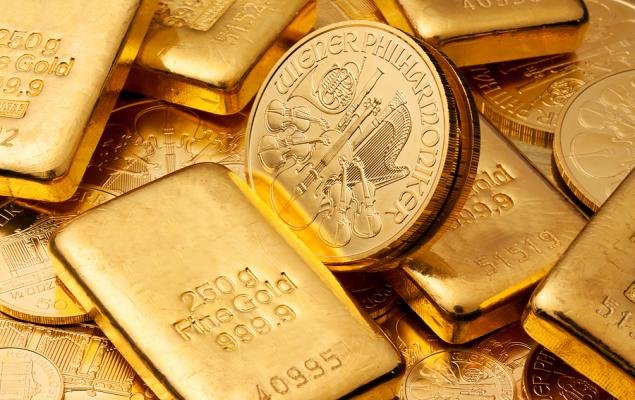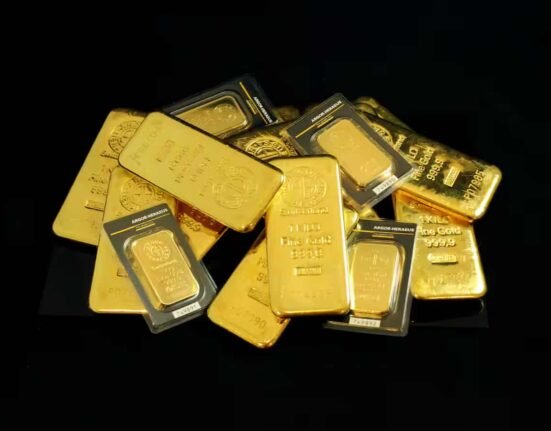Investor sentiment remained fragile in the first half of 2025, providing strong tailwinds for gold. Despite gradually easing geopolitical tensions, the Trump administration’s chaotic tariff policies, weakening greenback and central banks’ increasing purchases of the precious metal have contributed to gold’s sustained appeal.
Favorable fundamentals could position gold for further gains through late 2025 and into 2026. In such a scenario, increasing exposure to gold remains a smart strategy.
Investors should not be discouraged by any likely decline in gold prices. Rather, they should adopt a “buy-the-dip” strategy. Given the increasing macroeconomic uncertainty and geopolitical volatility, gold remains an essential hedge for all investors, regardless of their investment theme.
Here’s why gold ETFs remain a compelling choice for investors.
Expectations by some economists that inflation may worsen before easing toward the Fed’s target have kept investor interest in the yellow metal elevated. According to Investopedia, a growing number of analysts anticipate a surge in inflation during the second half of 2025, as importers begin passing President Trump’s tariff-related costs through the supply chain and ultimately to consumers.
Across extended investment periods, gold preserves its purchasing power, outpacing inflation and diversifying an investment portfolio due to its historical tendency to have a negative correlation with other asset classes.
The greenback has been losing its strength and trading near multi-year lows, marking its worst first-half performance since the 1970s, with both technical and fundamental factors working against the currency. Per Trading View, U.S. Dollar Index (DXY) has fallen about 10.36% over the past six months and around 1.34% over the past month.
Gold prices are inversely related to the value of the U.S. dollar, and the greenback’s struggles in 2025 have been a tailwind for the yellow metal. A weaker U.S. dollar generally leads to higher demand for gold, pushing its price upward as it becomes more affordable for buyers holding other currencies.
The yellow metal gains additional support from expectations of rate cuts by the Fed. The greenback’s value tends to move inversely with interest rate adjustments by the Fed. Interest rate cuts by the Fed make the dollar less attractive to foreign investors, as this weakens the U.S. dollar.
Per the CME FedWatch tool, markets are anticipating a 69.4% likelihood of a rate cut in September and an 89% likelihood of a rate cut in October. Goldman Sachs now anticipates three quarter-point rate cuts this year, up from just one cut, per the previous expectation, citing softening labor market trends and limited inflationary impact from tariffs, as quoted on Reuters.







